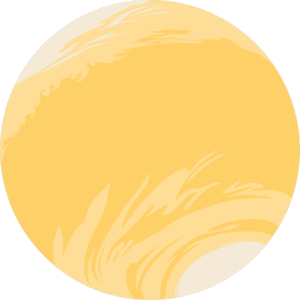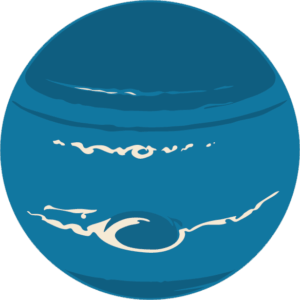The Downlink • Feb 25, 2022
An ice giant and its dwarf companion
Space Snapshot

Want to peruse stunning, close-up images of Neptune? Unfortunately, you don’t have many choices. NASA’s Voyager 2 is the only spacecraft to have ever visited the ice giant up close, and only had a few days to capture images and scientific data as it flew by the planet in 1989. This image is one of the only close-up photos we have of this world, which remains steeped in mystery. Although more photos would be very welcome, they are hardly the only reason why NASA should send another mission to Neptune. Image credit: NASA / JPL-Caltech / Björn Jónsson.
You love space, now take action
This weekly newsletter is your toolkit to learn more about space, share information with your friends and family, and take direct action to support exploration. Anyone can subscribe at planetary.org/connect to receive it as a weekly email.
Mission Briefings


It’s been five years since NASA announced the discovery of the TRAPPIST-1 system. On February 22, 2017, the space agency reported on a red dwarf star called TRAPPIST-1 that appeared to host seven Earth-size, rocky worlds. It’s since been speculated that one or more of the TRAPPIST-1 worlds could be hospitable to life, making them the perfect targets for JWST, which will peer into their atmospheres. Pictured: An artist’s depiction of the TRAPPIST-1 System, with the Earth Similarity Index (ESI) for each planet. The closer to 1 an ESI is, the more similar that planet is to Earth. Image credit: NASA / JPL-Caltech / F. Marchis.

SpaceX launched 46 new Starlink satellites after a solar storm destroyed around 40 of the internet satellites. On February 21, a SpaceX Falcon 9 rocket successfully deployed the new batch of satellites, placing them at a higher altitude than the previous bunch. The space manufacturer plans to send more satellites into orbit on or after February 25.
From The Planetary Society


How do we know where to look for life? This week on Planetary Radio, astrobiologist and planetary scientist David Grinspoon delves into the philosophy of exploration, fads and trends in the search for life, and what might be out there waiting to be discovered. Pictured: RADAR and topographic imagery of Venus, a world that has come in and out of focus in the search for life in recent decades. Image credit: USGS.

Join a growing social community! If you don’t already follow The Planetary Society’s social media accounts, now is a great time to start. We just reached a half-million subscribers on Instagram, and a quarter-million on Twitter. Follow us for space news, amazing images, engagement opportunities and lots more.
What's Up

In the predawn eastern skies look for bright Venus and reddish Mars, with the crescent Moon nearby this week. Mercury and Saturn are dimmer and closer to the horizon. Learn more at planetary.org/night-sky.
If you value The Downlink, we have a request...

We believe everyone should have easy access to the wonders of the cosmos. That's why we publish our content for free — to inspire curious minds and empower explorers of all walks of life. Become a member of The Planetary Society today for as little as $4/month to help make this work possible.
Pictured: Crescent Neptune and Triton, imaged by the Voyager 2 spacecraft. Image credit: NASA / JPL-Caltech / Justin Cowart.
Wow of the Week

Canadian artist, teacher and Planetary Society supporter Susan Gaby-Trotz created this depiction of Neptune’s south pole using traditional rug hooking techniques, and based on images from Voyager 2’s flyby of Neptune. It is part of a series of rug-hooked portraits of planetary south poles, which Gaby-Trotz says is “a great teaching tool which combines inquiry, point of view, art, research and last and certainly not least, the science of our solar system.”
Share your artwork with us!
We love to feature space artwork in the Downlink. If you create any kind of space-related art, we invite you to send it to us by replying to any Downlink email or writing to [email protected]. Please let us know in your email if you’re a Planetary Society member!


 Explore Worlds
Explore Worlds Find Life
Find Life Defend Earth
Defend Earth


